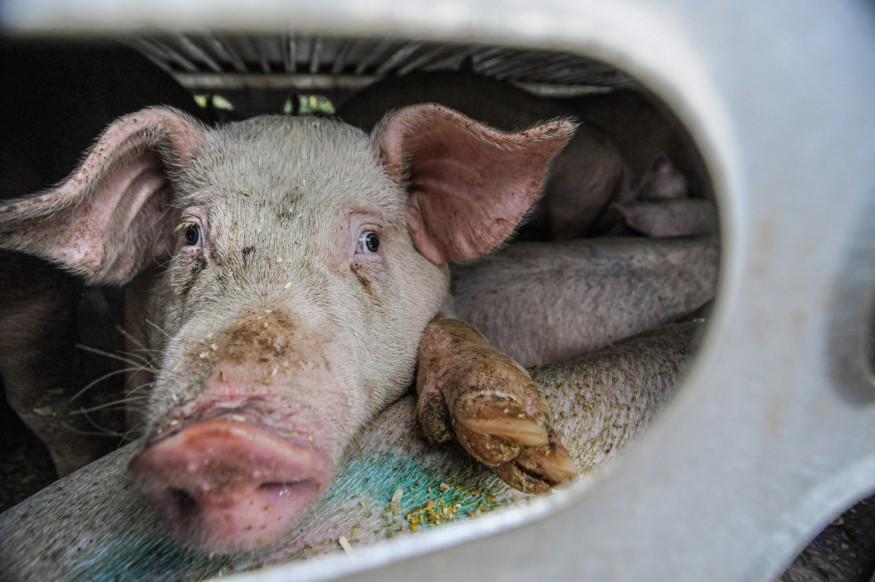Our current means of cultivating, processing, and distributing food from our farms to our dinner tables involve a long, complicated process that has significant impacts on our health, the environment, and our economy. The current food systems can be the key to avoiding pandemics and zoonotic diseases and improve our agriculture.
The Capacity for Disease Spread
Modern agricultural methods and practices can increase our susceptibility to diseases from animals and the environment. The latest example of a disease transmitted from animals to humans is the COVID-19 virus.
Through the years, studies have shown how industrial farming and land conversion for agricultural purposes paved the way for diseases to emerge and spread.

Zoonotic Diseases
Diseases that can be transmitted from vertebrate animals to people and vice versa are known as zoonotic diseases or zoonoses.
According to the CDC, approximately 60% of all infectious diseases known in humans are zoonoses. Pandemic-causing conditions are getting more and more frequent, and scientists are blaming forest clearing for purposes of agricultural activities.
More Pandemics to Come
One Health Institute UC Davis field veterinarian Dr. Jennifer Lane says that the emergence of diseases, as well as future pandemics, can be directly attributed to the loss of habitats as well as wildlife exploitation by humans, along with other threats to the extinction of species.
Lane is involved with the USAID's EPT or Emerging Pandemic Threats Predict project, which seeks to lessen the risks for future pandemics.
How Zoonotic Infections Spread
The COVID-19 virus may have come from bats, but zoonoses also originate from domestic animals such as chickens, swine, and cattle. The modes of transmission include direct contact, indirect contact, or via food and water. According to Dr. Lane, as more farms are constructed closer to wilderness areas such as forests, these livestock can get in closer contact with wildlife and the pathogens that they carry. Thus, the likelihood of disease transmission between them is increased.
According to Lane, there should be more efforts on reducing the conversion of lands and implementing proper strategies in land use zoning. Researchers from Stanford University showed how farms in Uganda that are located near forested areas have a greater chance of zoonotic transmission.
The more adjacent such facilities are too wild areas, the more they share resources and the more frequent the interactions between them. Such businesses include humans going to the forest for various resources, and animals wandering into agricultural areas in search of food.
Reducing the Risks of Zoonoses
According to scientists, lessening the possibility of contacts may involve the creation of buffer zones such as reforestation areas and tree farms.
According to Lane, another cause of increased disease incidence and transmission is the practice of intensive farming. This involves confining farm animals in closer proximity to each other.
This kind of farming creates conditions ideal for the proliferation of more pathogens. University of Bath biochemistry and biology professor Samuel Sheppard has published a study that showed how putting farm animals in close quarters, coupled with antibiotic overuse, increase harmful bacteria and zoonotic organisms.
These pathogens also have a more significant opportunity to mutate into more harmful organisms known as superbugs. Superbugs arise from the overutilization of antibiotics, making them resistant to such drugs and making them more pathogenic.
According to Lane and Sheppard, the agricultural sector can help in preventing future pandemics by practicing responsible farming based on sound biosecurity, proper animal welfare, correct antibiotic use, and other established scientific principles.
Also, governments must enforce such practices and implement sound land zoning and management of the agriculture sector to lessen the possibility of zoonotic diseases and pandemics.
READ NEXT : The Bubonic Plague, Rodents and Outbreak
Check out more news and information on Zoonotic Diseases on Nature World News.
© 2025 NatureWorldNews.com All rights reserved. Do not reproduce without permission.





